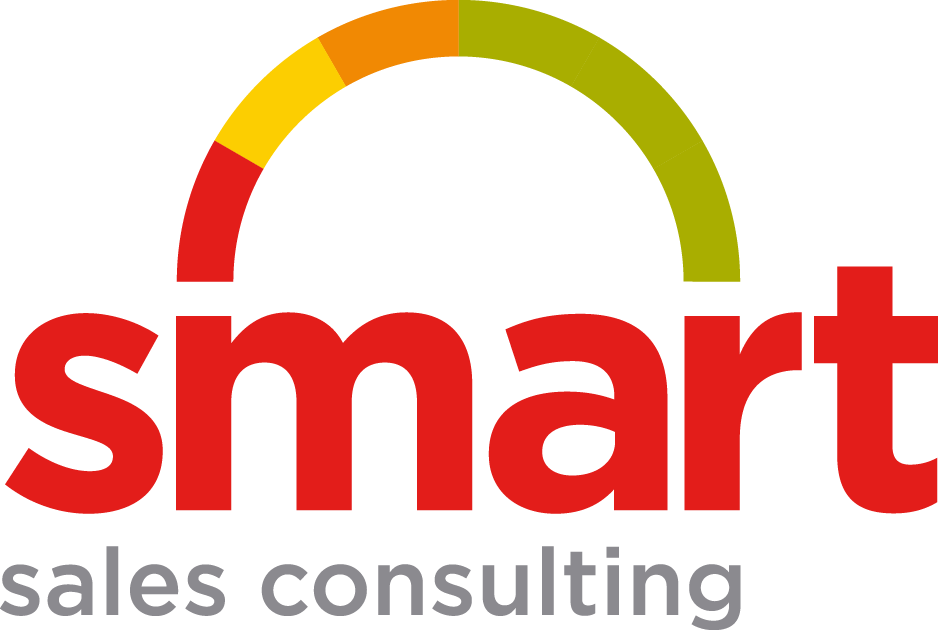How to Identify the Ideal Candidates for your Company's Workforce
In today's highly competitive market, one of the most important factors determining the success of an organisation is the selection of its workforce. In spite of the fact that many places of employment proclaim, "People are our most valuable asset," the real challenge is in locating the "right people." Implementing effective recruitment practises is vital if you want to increase the likelihood of successfully attracting high-performing personnel. According to a number of studies, one of the most important indicators of a person's future level of success is how they react when faced with challenges.
The Importance of Adversity in Predicting Success
Dr. Martin Seligman, a prominent figure in positive psychology, conducted a groundbreaking experiment that underscores the significance of handling adversity. He assembled a team of financial services sales agents based solely on their ability to cope with challenges, even if they didn't fit the typical profile of successful agents. These agents, often considered 'rejects,' eventually emerged as top-performing salespeople within the organisation. This experiment demonstrates how one's response to adversity can profoundly impact performance and success.
Incorporating the Adversity Test in Your Recruitment Process
The adversity test is a powerful tool that should be integrated into the later stages of the selection process, typically during the second or third interview. Here's how you can conduct the test to gain valuable insights into candidates' abilities to handle challenges:
1. Selecting the Topic
Before the presentation, provide candidates with a specific topic relevant to the job they are applying for. For junior candidates, the topic could be about their hobbies or interests, while for more experienced applicants, it should relate directly to the responsibilities of the role. For instance, if you are hiring management and sales training consultants, ask them to prepare a 10-minute presentation on communication skills.
2. The Stand-Up Presentation
Ask the shortlisted candidates to deliver a 10-minute stand-up, one-way presentation. The setting should involve just two or three interviewers to maintain a focused and challenging environment. A stand-up presentation ensures that candidates can effectively communicate and showcase their expertise without excessive interaction.
3. Observing Engagement
As the candidate delivers the presentation, actively engage with them by showing interest, maintaining eye contact, and nodding in agreement when appropriate. Demonstrating enthusiasm and attentiveness during their talk will also give the best candidates a positive impression of your organisation.
4. Debriefing the Candidates
After the presentation concludes, refrain from critiquing their public speaking skills. Instead, initiate a debriefing session with questions like:
"How do you feel the presentation went?"
"How much time did you spend preparing for it?"
"If we asked you to deliver the same presentation to a different group next week, would you make any changes?"
5. Analysing the Results
A 10-minute stand-up presentation can reveal significant aspects of a candidate's abilities that traditional face-to-face interviews might not uncover. Their response to the challenge and the depth of their knowledge on the topic can offer valuable insights into their suitability for the role.
Incorporating the adversity test into your recruitment process can be a game-changer in identifying the right people for your organisation. Assessing how candidates handle challenges can provide valuable indications of their potential for success within your company. By allowing candidates to demonstrate their expertise and resilience through a stand-up presentation, you can make well-informed hiring decisions that align with your organisation's goals. Embrace this powerful tool, and you'll be delighted with the positive impact it brings to your recruitment efforts.
